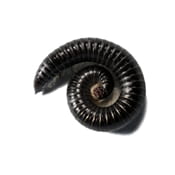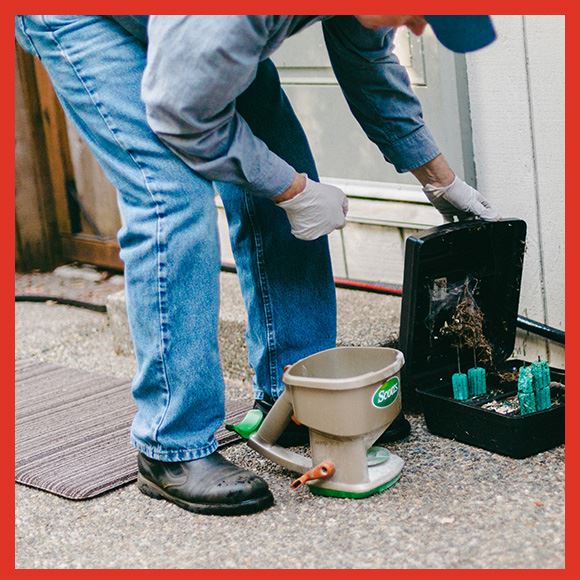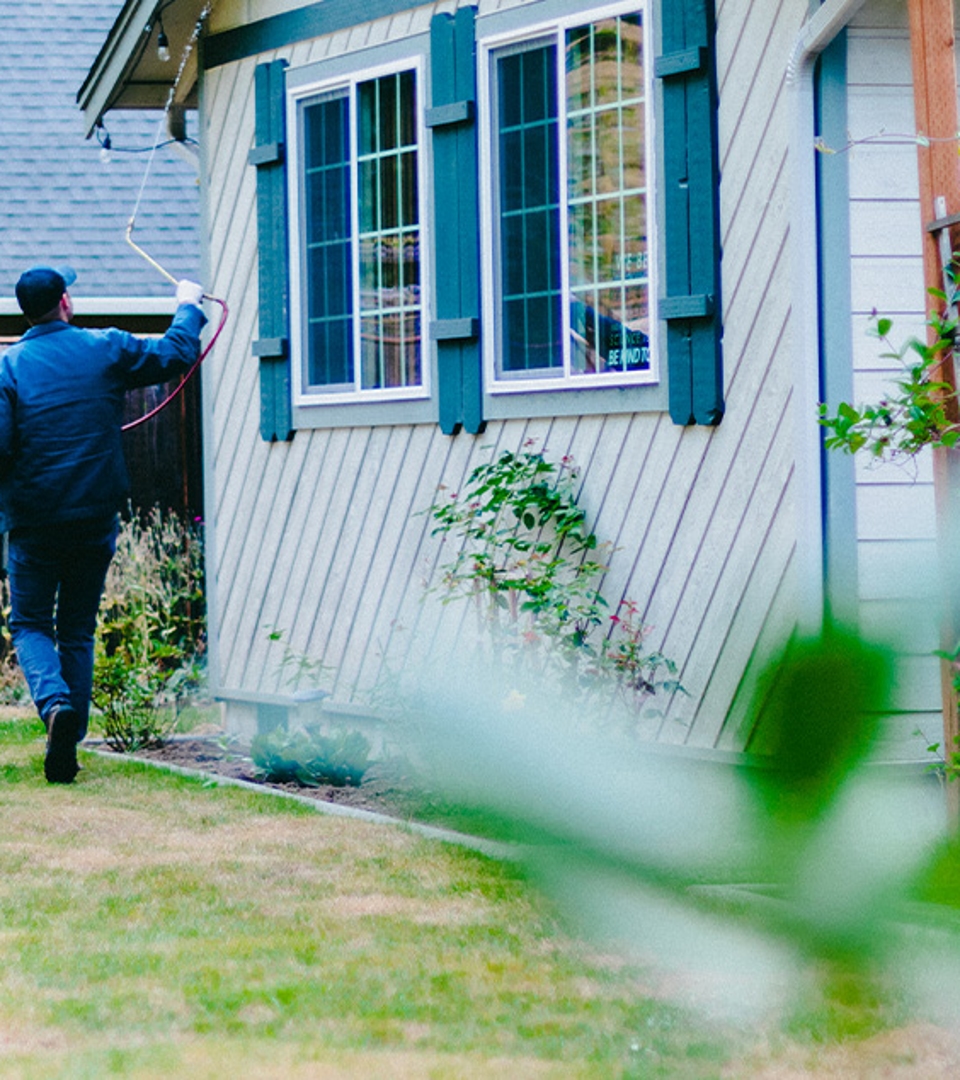
Millipede Identification

Millipedes range from 2 to 280 millimeters (0.079 to 11.0 in) in length, and can have as few as eleven, to over a hundred segments. They are generally black or brown in color, although there are few brightly colored species.
The millipede’s most obvious feature is its large number of legs. In fact, its name is a compound word formed from the Latin roots milli (“thousand”) and ped (“foot”). Despite their name, these creatures do not have a thousand legs, although the rare species Illacme plenipes have up to 750. However, common species have between 36 and 400 legs.
Having very many short legs makes millipedes rather slow, but they are powerful burrowers. With their legs and body length moving in a wavelike pattern, they easily force their way underground head first. They also seem to have some engineering ability, reinforcing the tunnel by rearranging the particles around it.Their bodies have segmented sections which make them move in a wave-like form.
The head of millipedes has typically rounded above and flattened below and bears large mandibles. The body is flattened or cylindrical, with a single chitinous plate above, one at each side, and two or three on the underside. In many millipedes, these plates are fused to varying degrees, sometimes forming a single cylindrical ring. The plates are typically hard, being impregnated with calcium salts.
Habitat
Millipedes are detritivores and slow moving. Most millipedes eat decaying leaves and other dead plant matter, moisturizing the food with secretions and then scraping it in with the jaws. However, they can also be a minor garden pest, especially in greenhouses where they can cause severe damage to emergent seedlings. Signs of millipede damage include the stripping of the outer layers of a young plant stem and irregular damage to leaves and plant apices.
Treatment
Treatment starts with a thorough inspection for the primary source of the infestation and any conducive conditions. After that recommendations are made for good sanitation practices and/or elimination of conducive conditions. Then a pesticide application maybe preformed when necessary.

Hear From Our Happy Customers
-
"Exceptional Service at a Reasonable Price"My rodent problem is resolved and I encourage others to use PestStop as this company provides exceptional service at a reasonable price.- Eddie M.
-
"Explained the Process Clearly and Eased Our Concerns"Have had an annual contract with this company for over a decade. Our house stays pest and critter free but when an issue does arise, they are quick to address it.- Mike S.
-
"Continues to Deliver Excellent Service"I found a mouse in my garage, first time in 5 years, they came right out and set up bait stations and also did an insect inspection and spray. I cannot recommend them enough.- Jeanie L.
-
"He explained the process clearly and eased our concerns."Our house stays pest and critter free but when an issue does arise, they are quick to address it.- Mike S.
-
"Kind And Courteous"Jason, our technician, is always very kind and courteous. He is very knowledgeable and answers all my questions easily.- Bj P.
-
"Professional and Friendly"They always show up on time.- Denise W.
-
"Peststop Is a Great Company"Julie in the office is always so helpful and kind.- Leslie C.
-
"Responsive Professional"What they do for us works!- JoAnne B.

